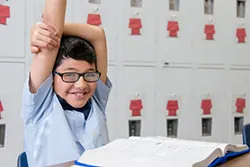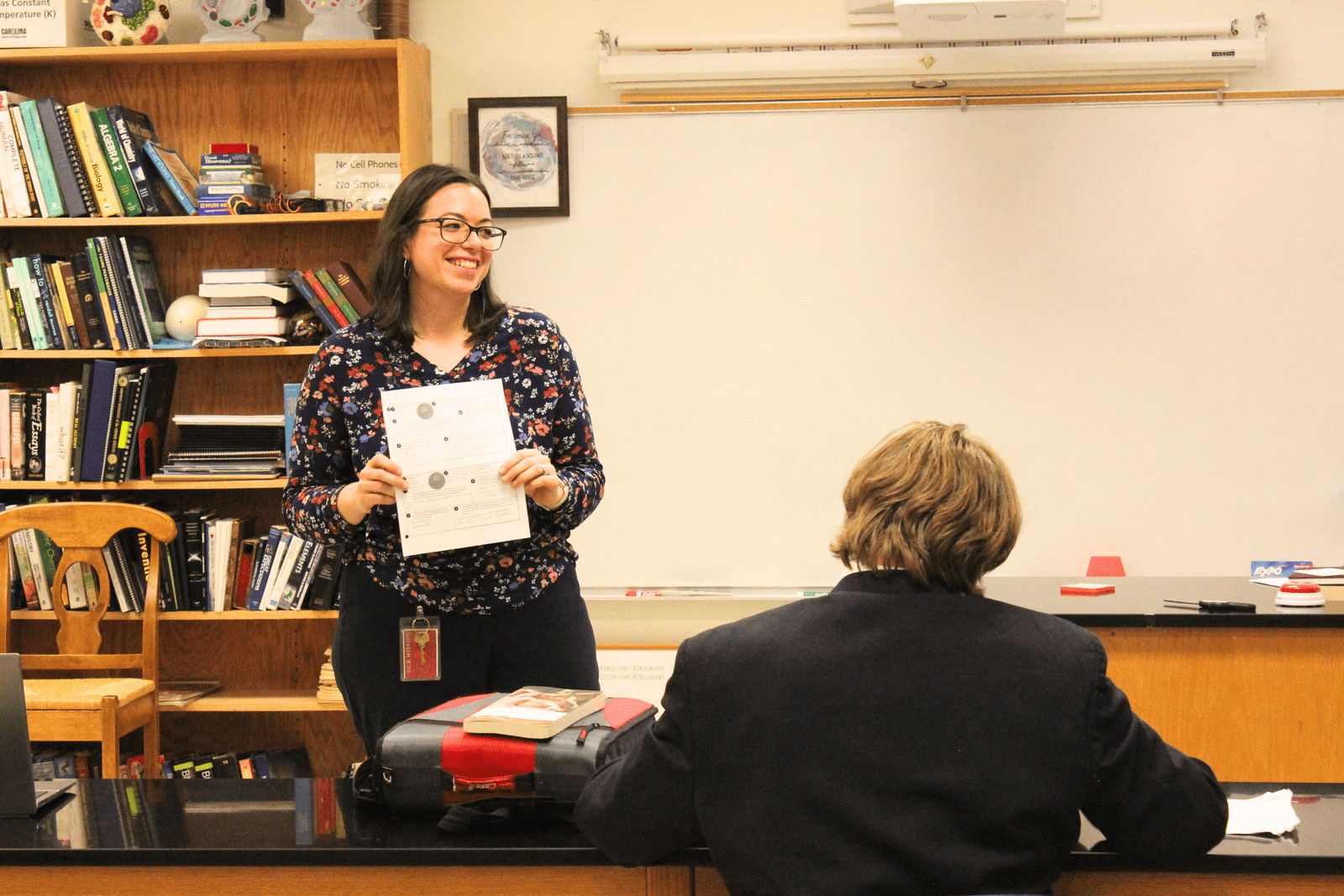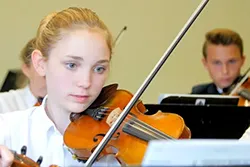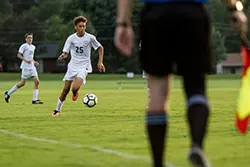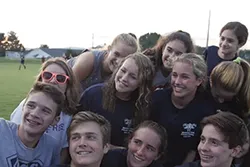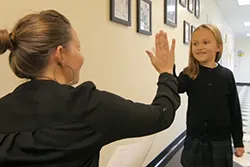This is the first in a series of articles from our Athletic Director, Kyle Alexander.
Do’s and Don’ts for Middle and High School Athletes
Many young athletes dream of someday playing college athletics. There is something very natural in a young person’s desire to excel at the sport he or she loves and envision him or herself as a college athlete. However, the number of athletes who play college sports is low as the following percentages show:
• Soccer athletes playing in high school who will play in college = 7%
• Basketball athletes playing in high school who will play in college = 3.4%
• Cross-country athletes running in high school who will run in college = 5.6%
• Lacrosse athletes playing in high school who will play in college = 11.9%
• Volleyball athletes playing in high school who will play in college = 3.9%
Clearly, moving from high school to the college level in any sport is challenging. So what are the do’s and don’ts for the young athlete that express a desire to play college athletics? First, it is critical that the desire to play sport at an elite level comes from the child and not the parents. As parents we must allow our children the liberty to develop and grow as young athletes.
Do encourage multi-sport children
College coaches want to recruit individuals who are athletic and competitive. It is my experience that the multi-sport athlete is preferred by the college coach. Playing several sports serves the athlete by providing opportunities for both physiological and sport skill development that crosses over to other sports. Changing sports with the season also serves to keep the young athlete mentally and emotionally fresh. Also, by playing different sports the young athlete will develop a healthy competitive drive. The aspiring basketball athlete playing a fall sport is developing his/her competitive drive that transfers to the basketball season. Shooting and ball handling drills can be practiced at home or in the gym on the weekends. Being down 2 sets and coming back to win the next 3 sets in volleyball is the perfect laboratory for competitive development.
Don’t Specialize Too Early
There has been a major shift in athletics toward specialization at very young ages. Young athletes are encouraged by coaches and others to play a single sport to become a specialist and in many cases have little choice in the matter. Early specialization can result in overuse injuries and stunt athletic and physical development. What is more concerning is the toll specialization takes on a young athlete emotionally. Burnout and quitting sports in high school can result from specialization and pressure to perform too early. The young athlete hasn’t developed the coping skills to handle the pressure of year-round specialization and the demands brought on by a single sport focus. Specialization can also have adverse social consequences, reducing time for friendships while adding the stress and pressure to perform.
Do encourage proper functional movement and a variety of activities for your children
A quality physical education program is essential for the aspiring young athlete. Early locomotion, movement patterns, basic sport skills, core strength and stability are critical areas of development for all young athletes. Activities such as gymnastics, swimming, soccer, and eye-hand sports provide the young athlete a foundation for future athletic success. Young children should be allowed opportunities for rolling, crawling, climbing, squatting, and jumping while playing. There a is great deal of athletic development that can happen naturally on the playground and in the back yard that is free of charge. As a parent, do encourage outdoor play and movement for your young child as this develops functional movers for a lifetime.
Don’t allow improper training, inactivity or early specialization
Many children enter high school lacking basic stability and core strength, while possessing immature movement patterns. This occurs as a result of incorrect or absent physical training, and a lifestyle of sitting and inactivity. Don’t allow your child hour upon hour of playing on some electrical device. If you think college athletics is a possibility don’t specialize too early. Sadly, some high school students are proficient in only a few movement patterns or sport skills due to specialization.
Do educate yourself about college athletics and the different levels of competition
College athletics is divided into three Divisions I, II and III. Division III athletics do not offer athletic scholarships. However, DIII athletics offers a good balance between academics, athletics and the enriched life of a college student. DIII schools can provide assistance through merit scholarship in areas of academics, leadership and need based. Division II schools can offer athletic scholarships which are partial and often coupled with other financial assistance.





